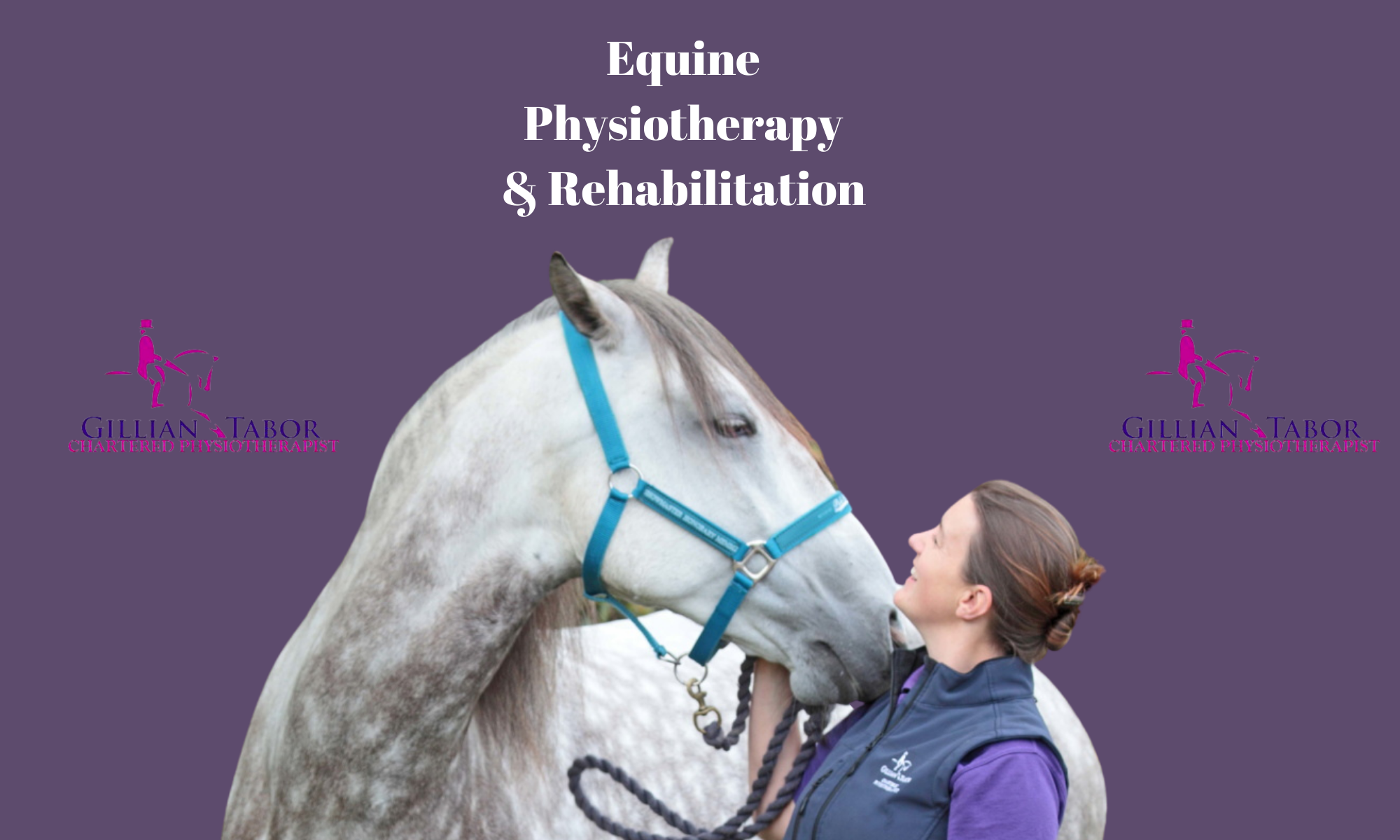What position does your horse eat from?
Knowledge of the horse’s evolution has shown that horses, as predominantly grazing animals, spend a large time with their head down on the ground eating grass. Wild horses needed to eat for many hours is due to digestion of large volumes of low quality forage. This is slightly different from the modern feed sources for our modern horse – but that’s a whole other topic!
Horses have evolved to have the most mobile part of their spine involved in feeding – their a flexible neck. In the wild they would spend time with their head down eating, but also need to be able to raise it up to check for predators. They would also be able to use this large range of motion to reach for different sources of forage.
Have you ever watched your horse pick blackberries out of a hedge or select the sweetest shoots of a bush from a shrub? It’s approximated that the horse in the wild would spend 80% with their head down grazing and 20% of the time grazing from about head height or above.
So how do we replicate that in the stable? I think we have to be a bit inventive. I have seen some wonderful pictures of people bringing in branches with leaves on and hanging them up. But I have also seen some frustrated horses trying to get hold of a carrot in a swinging plastic toy that keeps popping them on the nose each time it gets pushed away and comes back at them.
There are valid concerns about the use of hay nets and the effect on the horse’s spine, focussing on back posture and strain on the head and neck area. But allowing ad lib hay on the ground or haylage on the ground can create issues in terms of excess food intake.
So how can we manage that?
As with the friends, forage and freedom thought process for mental well-being, with these three very simplified areas of horse care we have to be pragmatic. If you are restricting food amount or slowing eating speeds, you do need to use some kind of device but you need to choose the one that is successful for your horse. Options are haybags but make sure they don’t swing, hay bars set at the right right or slow feeders that look like dustbins with a grid over the top. Anything that is stuffed too tightly with hay will need a horse to pull with some force to tug the hay out. Watching your horse to see how they manage to eat is critical.
And if you are not restricting food, then having forage on the ground, but also providing a small amount at a higher level is more similar to how a horse would feed in the wild.
As with everything variety is the way forward, it has got to be better for your horse to arrange for different feeding positions, on the ratio of 80% ground, 20% higher, than stay in any one fixed feeding position.
If you are interested to learn more about the physical well-being of your horse whilst on box rest, or during periods of increased stabling, please check out my webinar – Thinking Inside the Box www.gilliantaborphysio.thinkific.com
